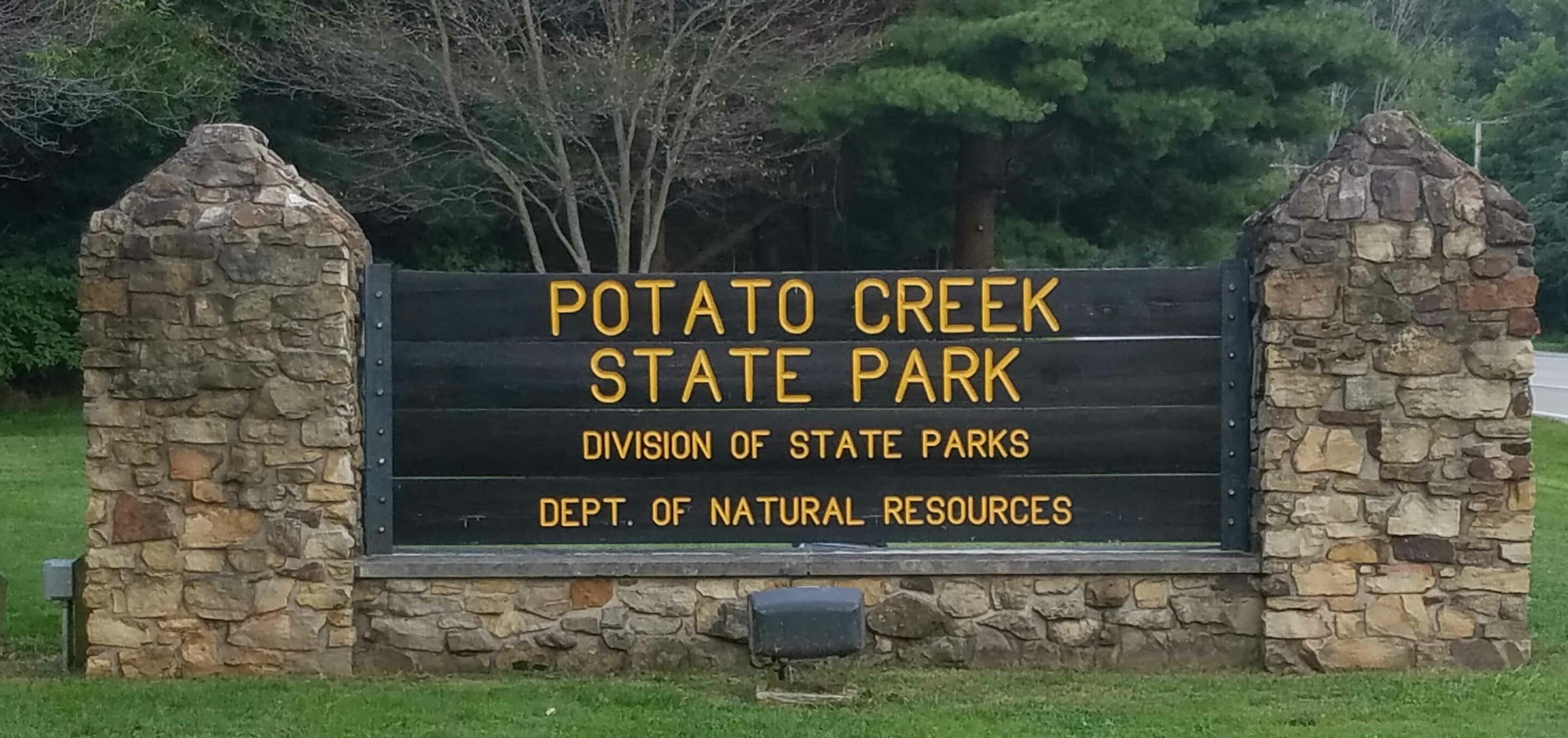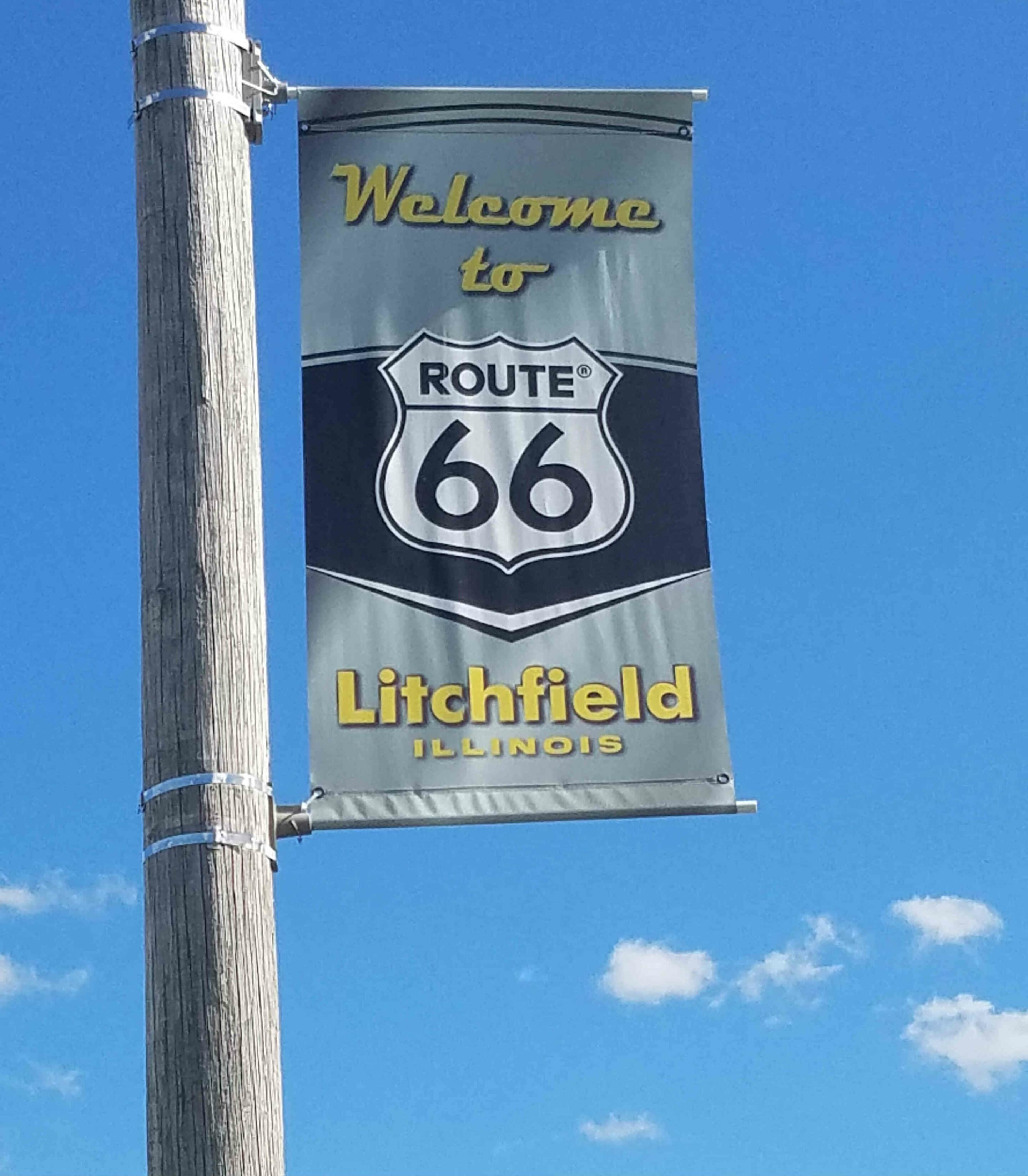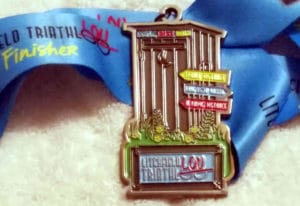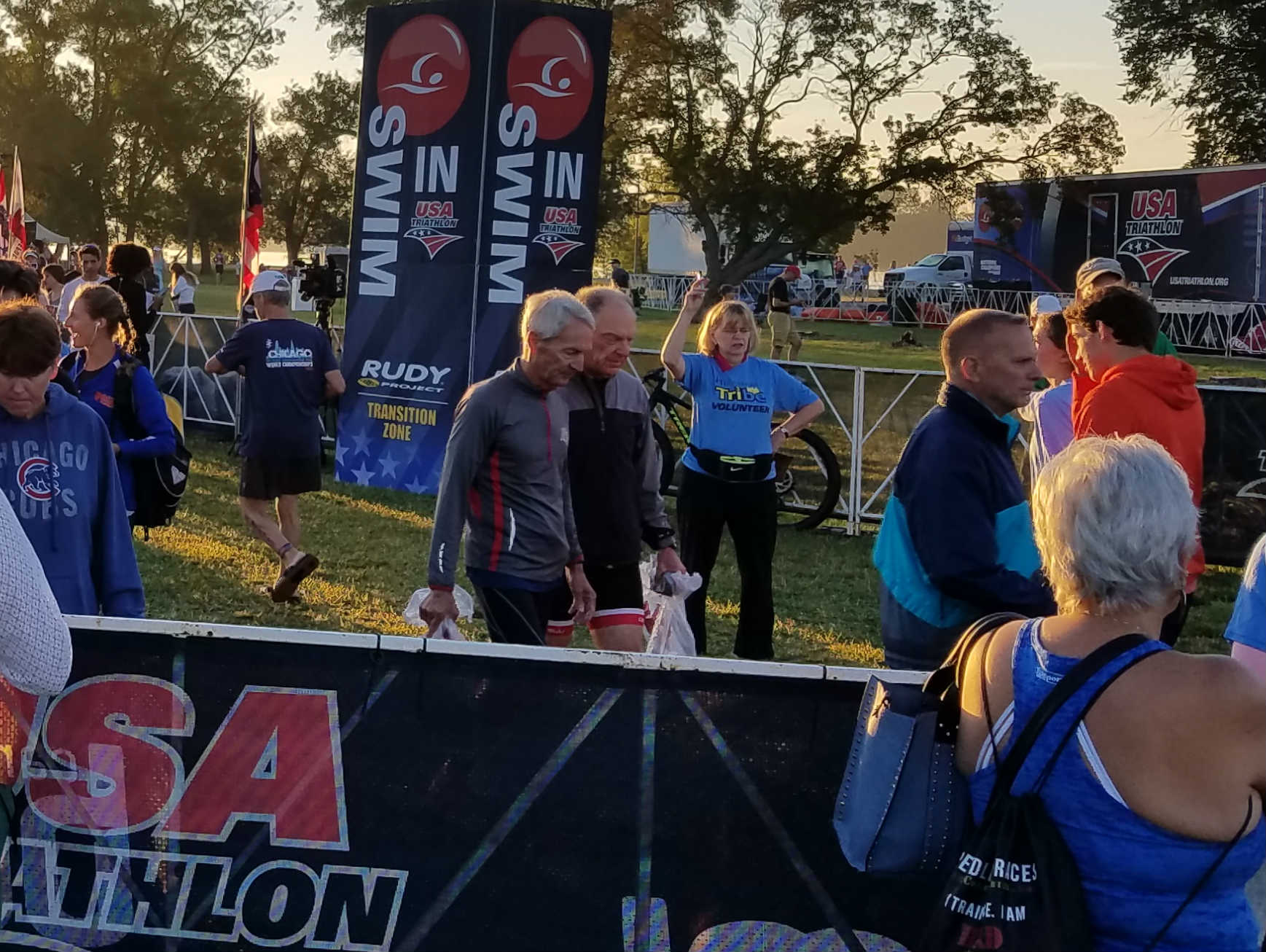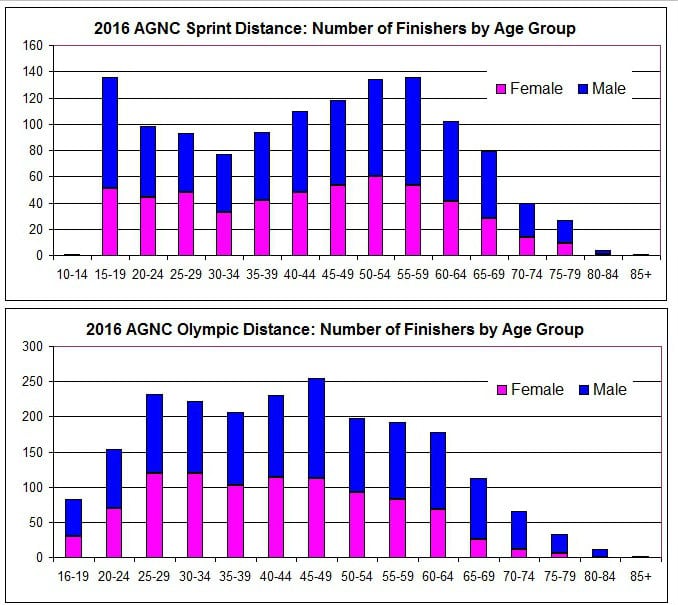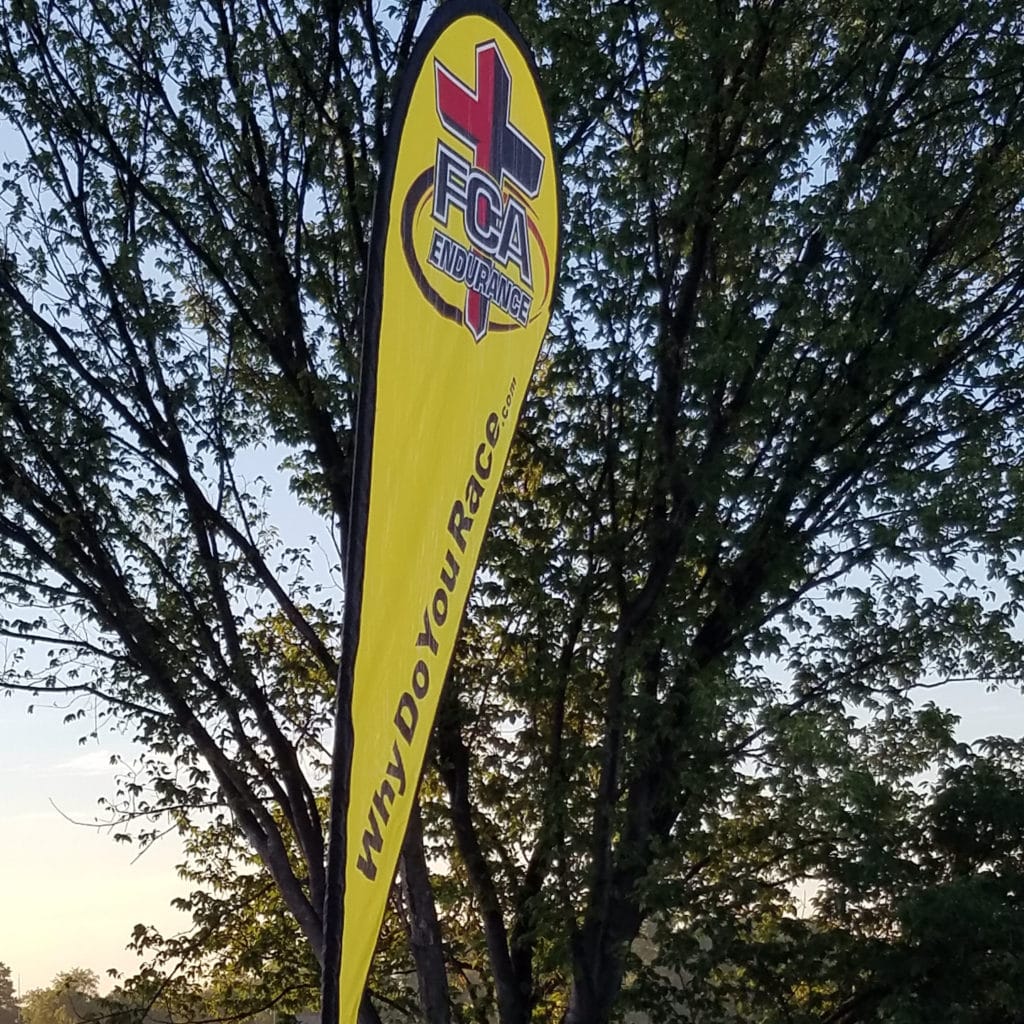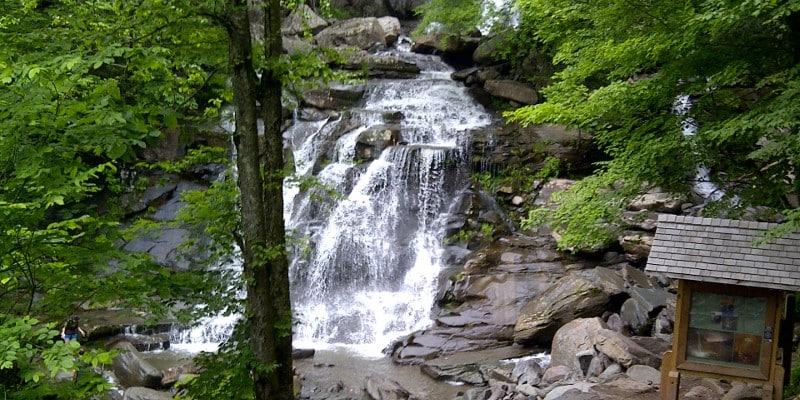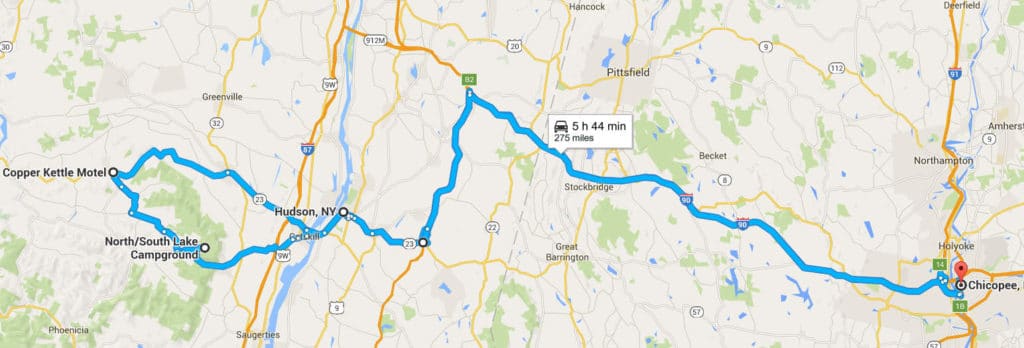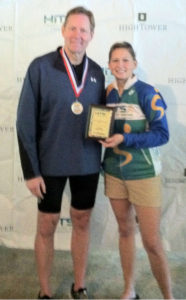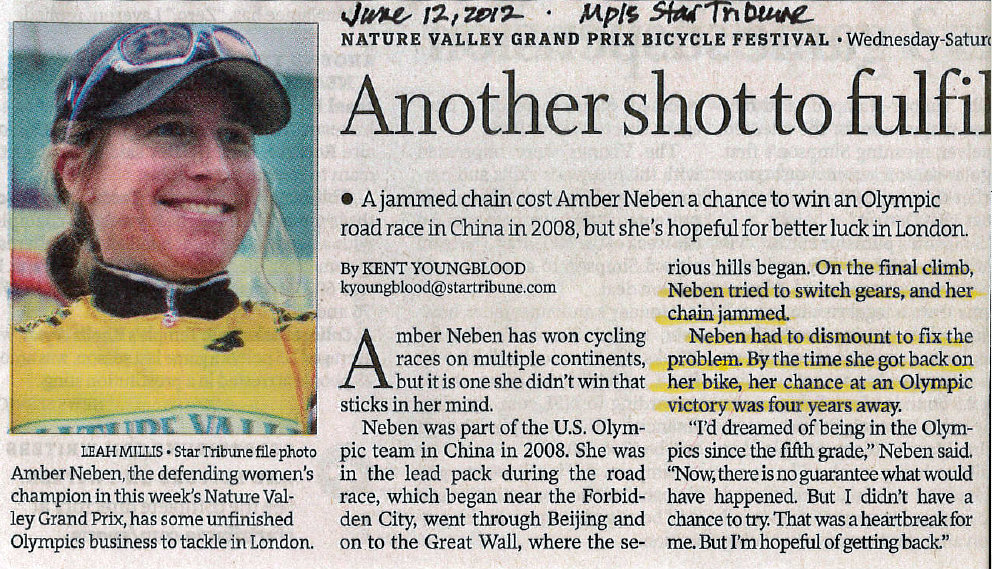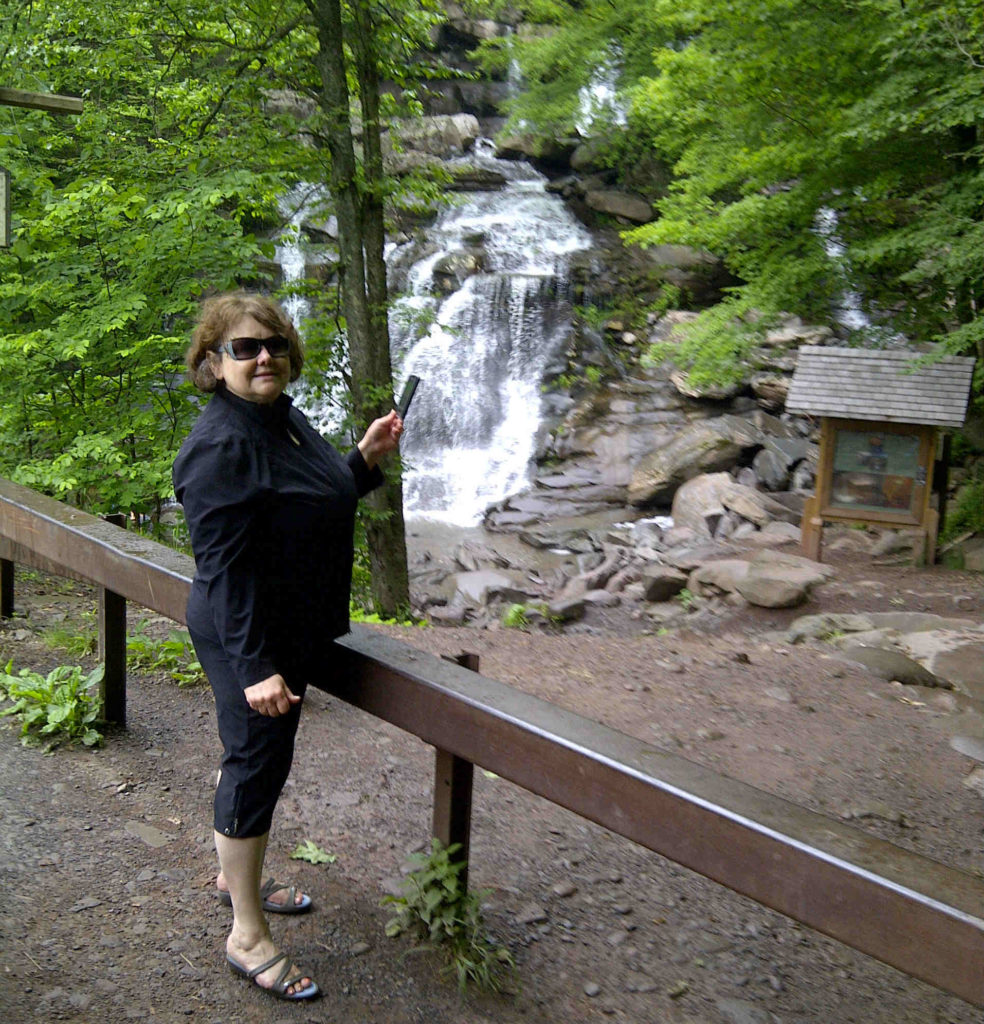Triathlon Across the USA: State #31–Indiana
North Liberty, Indiana; September 17, 2016 – Tri The Creek Triathlon, Potato Creek State Park
I knew this day would be interesting as soon as I stepped outside the Holiday Inn Express in Plymouth, Indiana. In a few hours, I would begin the Tri The Creek Triathlon, the Indiana race in my Triathlon Across the USA adventure.
While it wasn’t exactly a downpour, the rain was coming down hard enough that I felt compelled to run across the parking lot to our van with my suitcase in hand.
This would not be the first time I had completed a triathlon in the rain. However, the rain this morning was the hardest I had ever seen before the start of a race.
Planning the Indiana Triathlon
I registered for the 7th annual Tri The Creek Triathlon on February 19, 2016. This was the same day I registered for the Illinois triathlon.
I chose the Tri The Creek triathlon put on by 3Disciplines for its proximity to Chicago where I planned to be during the days before the event. The race venue was an easy 2-1/2 hour drive south and east of Chicago. It turned out that the venue was an unexpected and pleasant bonus.
Venue for the Indiana Triathlon
Tri The Creek Triathlon’s name comes from its venue, Potato Creek State Park. The entire race occurred within the boundaries of this 3,840-acre park three miles east of North Liberty, Indiana.
According to the Indiana Department of Natural Resources, the park’s name, Potato Creek, came from the “potato-like roots on this area’s creek bank”. Native Americans, who inhabited the area along with early European settlers, harvested these roots. The mix of wooded areas, prairie, and wetlands make this park an inviting habitat for birds and other wildlife.
The eastern edge of the park includes the ‘Horsemen’s Campground’. Here there are plenty of trails for horses and their riders to enjoy the diverse nature of the park. A more traditional campground is located at the other end of the park, near Worster Lake, where the swim leg of the triathlon took place.
While Joy and I were exploring the park and driving the bike course on the Friday evening before the triathlon, we counted dozens of families arriving with their campers and trailers for a late season weekend of camping.
Setting Up the Transition Area in the Rain
For this triathlon, packet pickup took place only on the morning of the race. While it was not my goal to do so, I was the first person to pickup their packet.
Besides making Joy get up much earlier than normal, this also meant more time for things in the transition area to become wet from the rain.
I racked my bike with plastic bags over my shoes, which were clipped into the bike pedals. The rest of the gear–bike helmet, biking glasses, and running shoes–remained with me in the van. Here, Joy and I waited until near the beginning of the race.

Putting the Finishing Touches on My Transition Area
As the time for closing of the transition approached, I delivered my bike helmet, glasses, and running shoes to the transition area.
While the rain had let up, it was still coming down at a rate guaranteed to soak the gear in the transition area. To minimize the effect, I set my bike helmet top down on the aero bars. I stuffed my clear safety glasses inside the helmet.
However, because of the rain, I covered the helmet and glasses with a plastic bag. I pushed the bag into the helmet, which kept it from being blown away by a small gust of wind.
As is typically the case, I had laid a towel on the ground next to my bike with my running shoes on top of the towel. I use the towel for wiping sand and small rocks from my feet before hopping on the bike and before putting on my running shoes.
This time, because of the rain, I put a second towel, folded to be as thick as possible, on top of my running shoes, hoping to keep them dry for the run.
7th Annual Tri The Creek Triathlon Managed by 3Disciplines
By race time, the rain had let up a little and the temperature, at least for doing a triathlon, was a comfortable 67°F. It also helped that there was essentially no wind.
Distances for the individual legs of the USAT-sanctioned sprint triathlon in which I competed were:
- Swim: 500 m (0.31 mile)
- Bike: 18 km (11 mile)
- Run: 5 km (3.1 mile)
For this event, the sprint distance was one of four distances. The three other were:
- Olympic – 1000 m swim, 22 mile bike, 10 km trail run
- Super Sprint – 200 m swim, 6 mile bike, 1 mile trail run
- Sprint KayaTri – 2 mile kayak, 11 mile bike, 5 km trail run
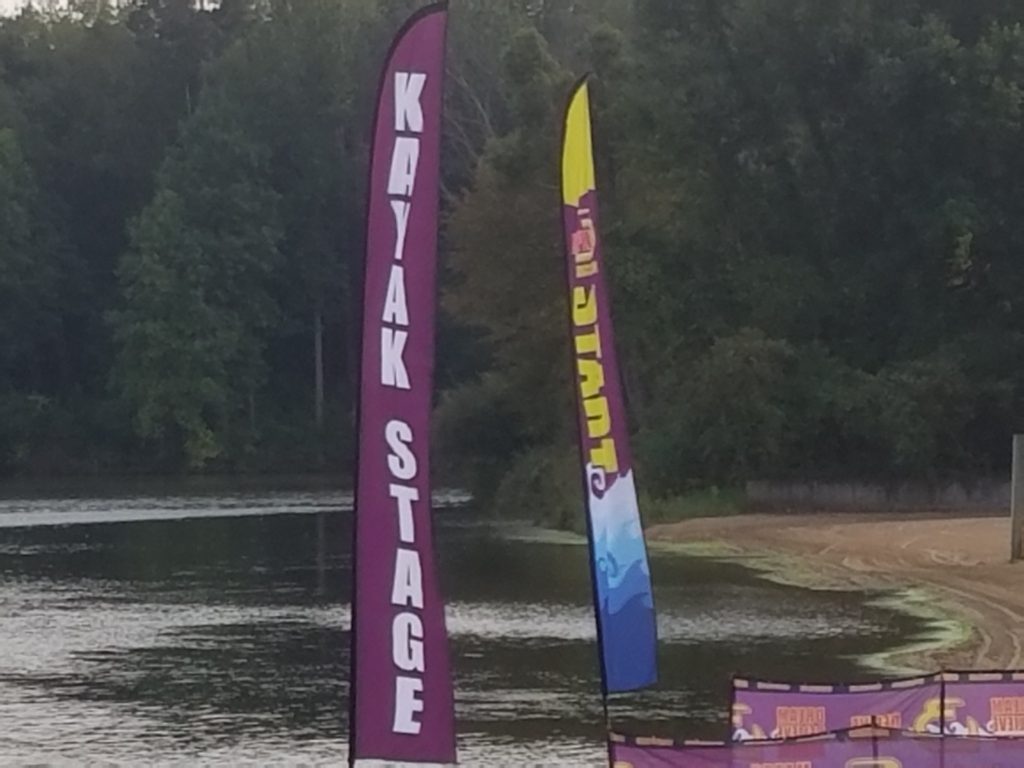
Swim
With the water temperature at 72°F, the race was considered ‘wetsuit legal’. This meant that, according to USA Triathlon rules, swimmers were allowed to wear a wetsuit during the swim. However, given the relatively short swim, I chose to swim without the wetsuit.
Like many of the Minnesota lakes in which I swim, Worster Lake had a considerable amount of algae, to which I am allergic. Sure enough, my nose ran the rest of the day.
By evening, my nose was fully plugged. It gradually opened throughout the next day. The same as every other lake swim.
Bike
The race course took us from Worster Lake to the Horsemen’s Campground and back.
Joy and I had driven the bike course the day before, so I knew what to expect. The course was on relatively flat roads in good condition (few holes or significant cracks).
By now, the rain had become a mist. Roads were only slightly damp. Even so, riders were more cautious than normal. They apparently remembered the repeated warnings of the race organizers to ‘slow down on corners’.
Run
Upon reaching the transition area, I learned that putting the folded towel over my running shoes had been good. While the towel was dripping wet, saturated from the rain, my running shoes were perfectly dry.
By the beginning of the run, the rain had nearly passed, though the sky was overcast. The cloud cover, along with the cool temperature, made for a comfortable finish.
Race organizers had described this leg as a trail run. So, while walking through the park the day before, I was sure they meant a paved trail, one used by walkers and runners.
Not so. When they wrote trail run, they really meant running on a primitive trail. And this trail came complete with tree roots, boulders, loose rock, mud puddles, holes, occasional sections of grass, and lots of hills.
The run was considerably more rustic than I am accustomed. The good news was that with the trail constantly changing, I had little opportunity to think about being tired.
In fact, with about a hundred yards to go to the finish line, I had more than enough energy to respond to Joy’s “encouragement”. Her exact words were “Push it! Finish strong!” in the voice of my high school basketball coach.
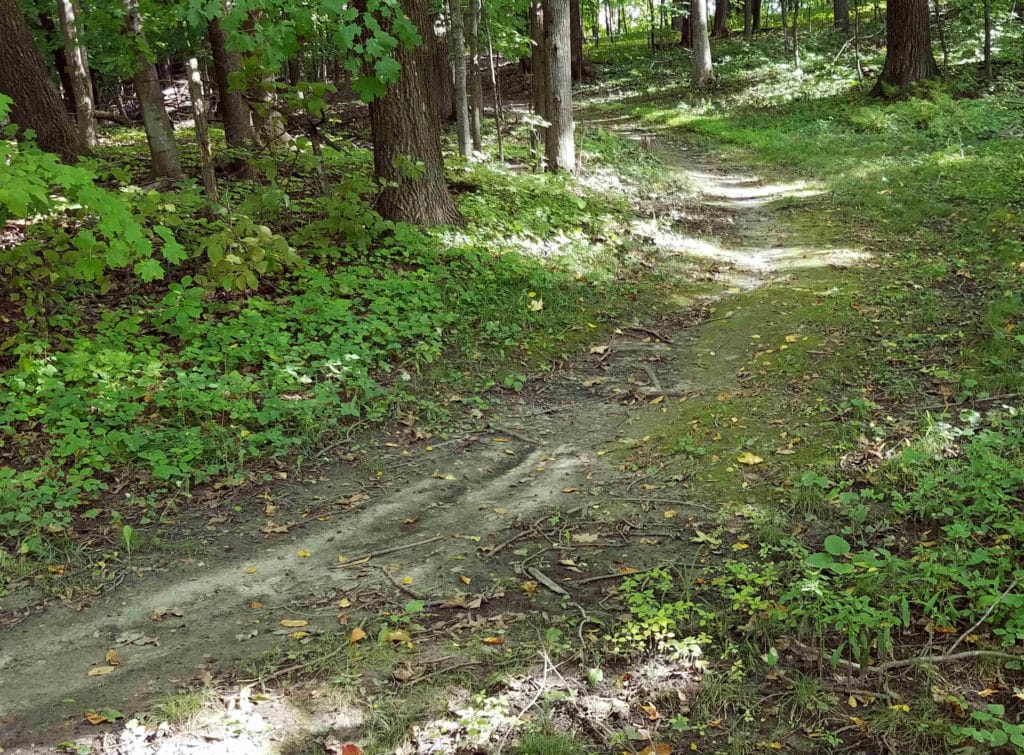
After Completing the Indiana Triathlon
The weather continued to clear throughout the race. By the time of the awards ceremony, the sun was shining.
Nevertheless, I was glad my bike and run gear remained dry, or as dry as possible. This reduced the effects of the heavy rain before and during the race.
Thoughts of Another Senior Triathlete
Before the start of the race and afterwards, Joy and I had met Jim and Deb Panozzo from Michigan. Joy and Deb got to know each other while Jim, another senior triathlete, and I completed the triathlon.
For Jim, who celebrated his 63rd birthday the next week, Tri The Creek was his second sprint triathlon. I love his description of the run – “a cross-country course in the mud that took me back to my high school days”.
As we continued to talk, he shared his feelings about this race and the sport.
“It was a lot of fun, but very humbling. It showed my weaknesses and the things I need to work on as I approach my 63rd birthday. But, I am so grateful to God to be able to participate and finish a triathlon.”
Race Firsts
- First triathlon in which I was the first to pickup their packet.
- Kayaking as an alternative to swimming, another first.
- The Indiana triathlon was my first with the run leg entirely on an unpaved trail.
What Has Been Your Experience Racing in the Rain?
What has been your experience doing a triathlon in the rain or other inclement weather? How did it change your approach? What did you learn through it?

